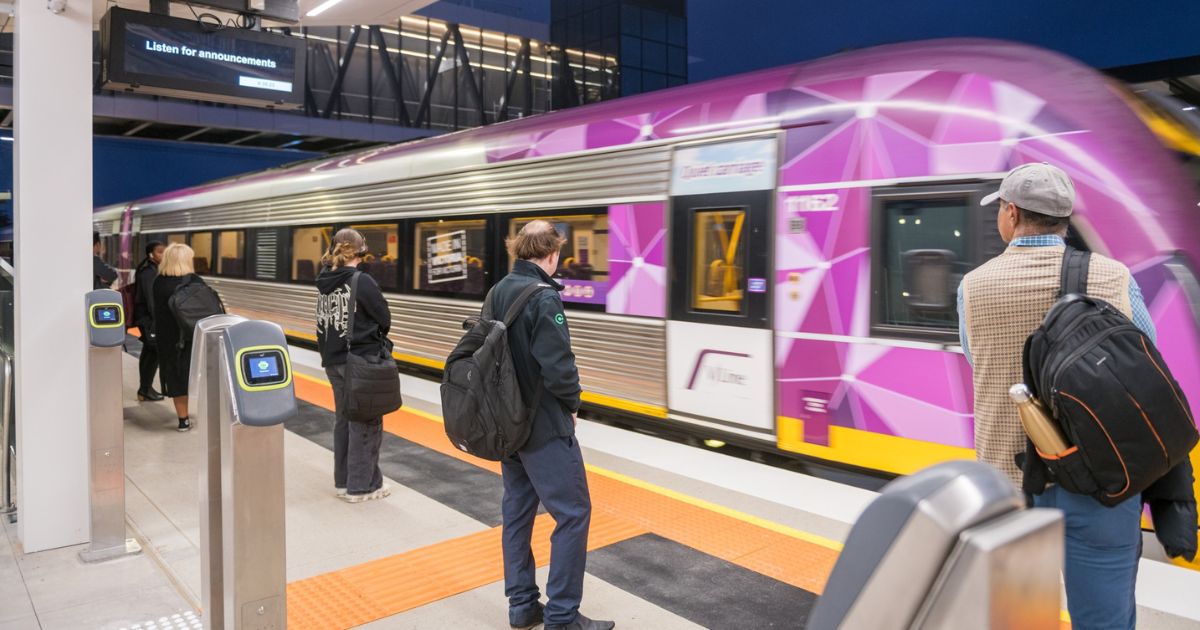Authority’s plan to co-ordinate along the coast

The Great Ocean Road Coast and Parks Authority will be the manager of the region's Crown land along the coast.
THE Great Ocean Road Coast and Parks Authority (GORCAPA) says one of the goals of the new organisation is to manage the region in a much more co-ordinated way.
Paul Jane, the authority’s acting director of strategy, planning and transition, was the guest speaker at the “Managing Our Coast” meeting, hosted by the Anglesea Community Network meeting last week at Anglesea Community House and streamed online.
GORCAPA, which was officially established in December 2020, will provide a single dedicated body to manage the region’s public land, beaches, national parks, tourism operations and accommodation.
Mr Jane said the previous model had “different organisations doing different things” that led to confusion and unsatisfactory outcomes, such as with toilets in the Surf Coast and Colac Otway shires.
“Quite often, no-one actually had the mandate to build those facilities, so what we had was nothing there, which had a whole lot of unintended consequences of not delivering that infrastructure and having the argument around who has to pay for that,” he said.
He said the recovery efforts after the 2015 Wye River bushfires were a catalyst for GORCAPA’s formation, as that demonstrated the complexity of planning along the Great Ocean Road.
As the public land manager, GORCAPA is in charge of all Crown land but is also thinking strategically about what is built where, such as the trail now being constructed between Fairhaven and Skenes Creek.
“We’re not just building a trail, we’re thinking about where people are camping, where they’re having an opportunity to spend money, and a whole host of other things,” Mr Jane said.
He said GORCAPA was working with the Department of Environment, Land, Water and Planning on a strategic framework plan covering the necessary infrastructure for the whole Great Ocean Road region, which extended as far north as the Princes Highway.
“What’s the infrastructure, what’s the visitation look like, where do we need to build infrastructure to support those movements in and out of the region, so we don’t get the perverse outcome of a single toilet with a 50-seat bus parked there.”
He said the authority was also helping to build tourism policy.
“We’re working towards being an eco-destination for Australia with local government, the tourism entities and a whole host of other partners,” he said.
“We’re looking to create a really sustainable coastline and a true eco-destination like the Daintree; it’s an entirely different approach to that in the past.”
Asked if there was a figure for the number of visitors that would be considered a “ceiling” for the Great Ocean Road under the existing arrangements, Mr Jane said it was a complex issue.
“The ceiling of visitors, I think, primarily, is driven by where people park, in terms of the systems that support that,” he said.
“When you think about Lorne, it reaches its ceiling on Pier to Pub day because there’s actually nowhere to park.
“The infrastructure is strained but it’s still achieving its goal, it still can be serviced, but it’s requiring a whole lot of associated costs to deliver that service.”

















